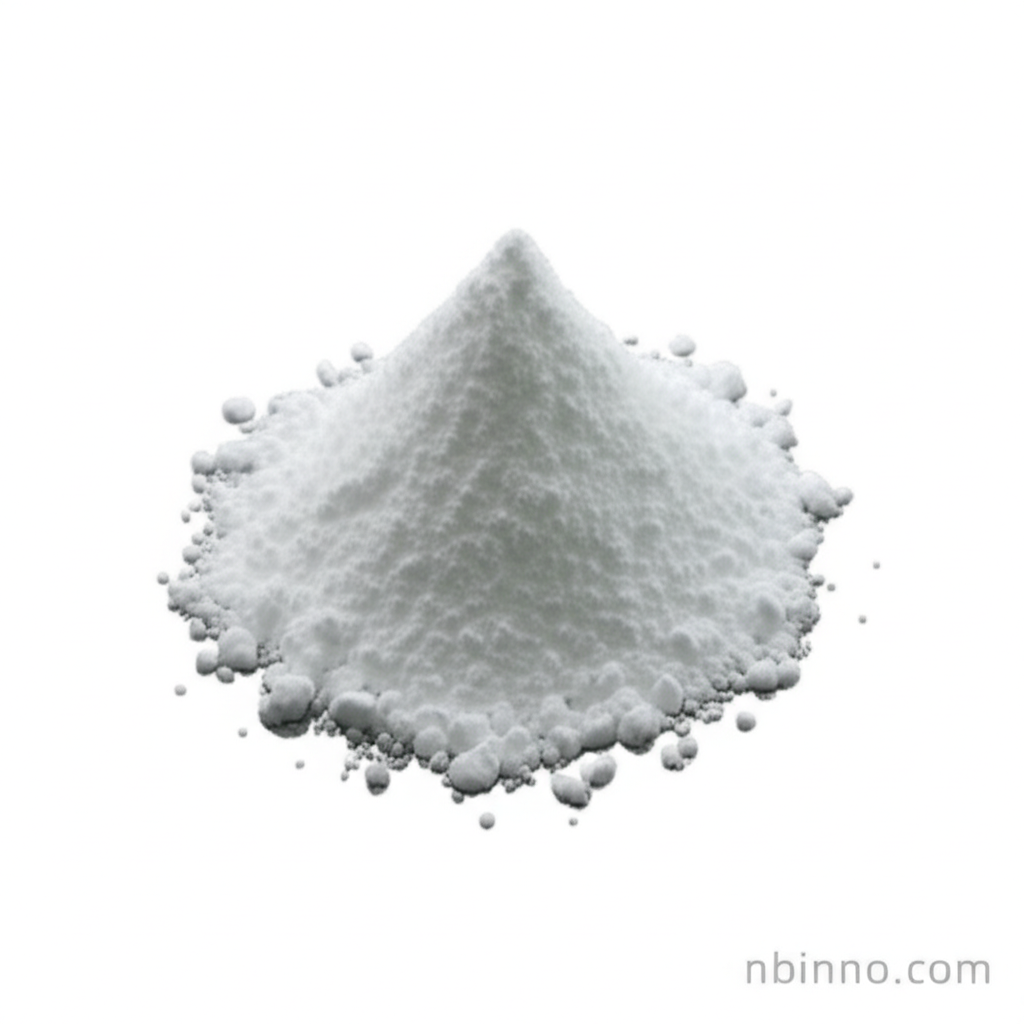Halostachine (CAS 495-42-1): A Comprehensive Overview
Explore the chemical structure, properties, synthesis, and diverse applications of Halostachine, a significant natural alkaloid with broad utility in organic chemistry and scientific research.
Get a Quote & SampleProduct Core Value

Halostachine
Halostachine, identified by CAS number 495-42-1, is a valuable natural alkaloid with significant applications in synthetic organic chemistry. We, as a reliable supplier in China, offer high-purity Halostachine for your research and development needs. Its unique chiral properties make it an excellent building block for complex molecular structures, aiding in the advancement of medicinal chemistry and the development of novel compounds. Our commitment is to provide essential intermediates that empower scientific discovery.
- Discover the intricate Halostachine chemical properties, including its molecular formula and weight, crucial for accurate chemical synthesis.
- Explore various Halostachine synthesis methods, understanding the pathways to produce this vital compound efficiently.
- Leverage Halostachine applications in organic chemistry for creating sophisticated molecular architectures and advancing research.
- Understand the biosynthesis of phenylethanolamine derivatives to better grasp the origin and related compounds of Halostachine.
Key Advantages of Using Halostachine
Versatile Chiral Building Block
As a key component in many Halostachine synthesis methods, its chiral nature makes it indispensable for enantioselective synthesis, crucial for developing stereochemically pure pharmaceuticals.
Natural Product Origin Insights
Studying the occurrence of natural alkaloids like Halostachine provides deep insights into plant chemistry and potential sources for future drug discovery.
Foundation for Complex Molecules
The use of Halostachine in organic chemistry allows for the construction of complex molecular frameworks, supporting advancements in various scientific fields.
Key Applications
Organic Synthesis
Halostachine's utility as a chiral building block is paramount in creating complex organic molecules with specific stereochemistry.
Pharmaceutical Research
Its structural similarity to biogenic amines suggests potential in medicinal chemistry, aiding the exploration of new therapeutic agents.
Phytochemical Studies
Investigating the presence of Halostachine in plants aids in understanding plant metabolism and the development of natural product-based solutions.
Chemical Intermediates
Serving as a fine chemical intermediate, it facilitates the production of a wide range of specialized chemical compounds.
